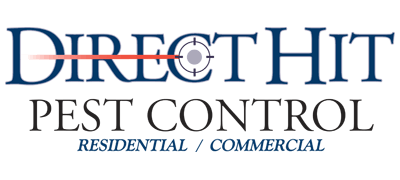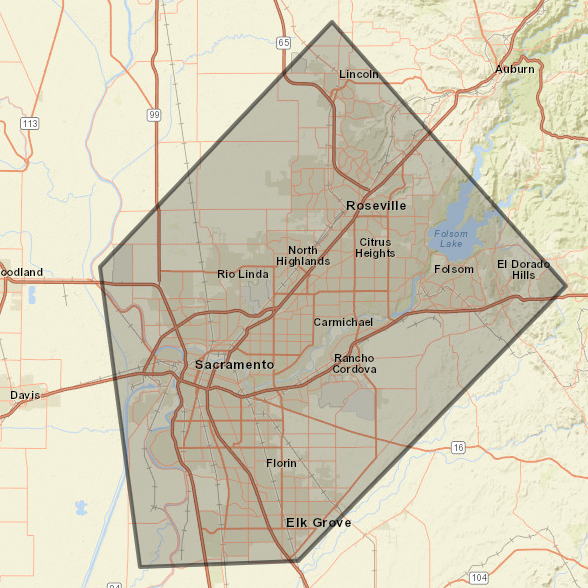How To Tackle Flea Control This Spring
As temperatures rise and nature springs back to life, so do fleas. These pesky parasites thrive in warmer weather, posing a challenge for pet owners and homeowners alike. We'll explain why fleas are so tough to get rid of and explore effective strategies for tackling flea control this spring. When you need pest control for your home or business in Sacramento and the surrounding areas, contact Direct Hit Pest Control.
The Life Cycle of a Flea
A flea's lifecycle has four stages: egg, larva, pupa, and adult. Fleas begin their life cycle when mature females lay eggs on their host, such as a pet or wildlife. These eggs then fall into the surrounding areas, such as lawns, flowerbeds, carpets, or bedding. Once hatched, flea larvae feed on organic detritus for roughly a week before spinning a cocoon and entering the pupal stage. The pupa can remain dormant for weeks or even months, waiting for the ideal conditions to emerge as an adult flea. Their search for blood is triggered by body heat, movement, and vibrations. Once mature, the flea gets onto a host and begins the cycle again by laying eggs.
Why Fleas Are Hard To Control
Fleas are famously difficult to control due to their quick reproductive cycle and adaptability to different situations. A single adult flea can lay around 150 eggs in a lifetime, which can slip off their host and disperse across the environment. The pupal stage of the flea lifecycle is extremely resistant, as pupae can remain latent for long periods, making them less vulnerable to typical pest management approaches. Additionally, flea larvae frequently lurk in dark, undisturbed regions, making them difficult to detect and target.
The cat flea is the most common. This is because the cat flea will take many hosts, including dogs, wild animals like opossums and raccoons as well as humans. People who do not have pets still may encounter a flea infestation. Stray cats or dogs as well as wildlife can drop flea eggs or adult fleas in the yard which are then tracked inside by the homeowner. People without pets will typically notice a flea infestation sooner because they are the only hosts on the property.
Getting Rid of Fleas
Before getting professional flea treatment, it’s important to thoroughly vacuum the area. As a result of the vibration caused by vacuuming, fleas emerge from the pupa and come into contact with the material applied. Vacuuming also sucks up eggs and adults. After vacuuming, always place the bag or canister in an outdoor garbage. Vacant apartments are more difficult to maintain because there is little to no activity, allowing fleas to remain dormant. Even after a vacant unit is treated, the pupa can survive since they are extremely resistant to the material used. Keeping the space at a high temperature can help with this process, as well as continual sweeping and vacuuming after the treatment has been applied.
At Direct Hit Pest Control we nearly always use broadcast treatments for fleas unless the surface prevents it. All carpeted areas inside are broadcast-treated. Depending on the flooring type and situation, hard floors may also be treated. Furniture and pet beds can also be treated. Outside, we usually perform a broadcast treatment on the yard, particularly in shady spots where animals hang around or sleep. People and animals need to avoid the areas being treated until the material has dried completely.
Flea Eradication in Sacramento
The complex life cycle of the flea makes it extremely hard for any homeowner to control on their own. The team at Direct Hit Pest Control is trained to handle all types of bugs and insects, including fleas. If you are suffering from any sort of pest infestation in your home, do not hesitate to call our crew. For more information on fleas or other kinds of pest extermination, please contact Direct Hit Pest Control in Sacramento at (916) 992-6870.


